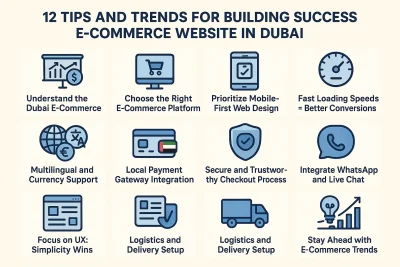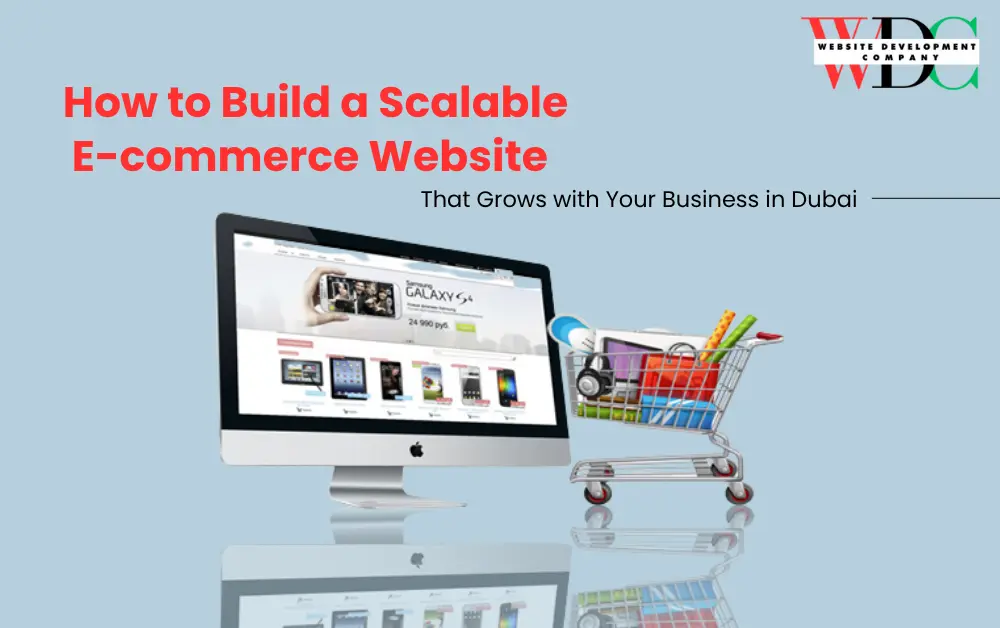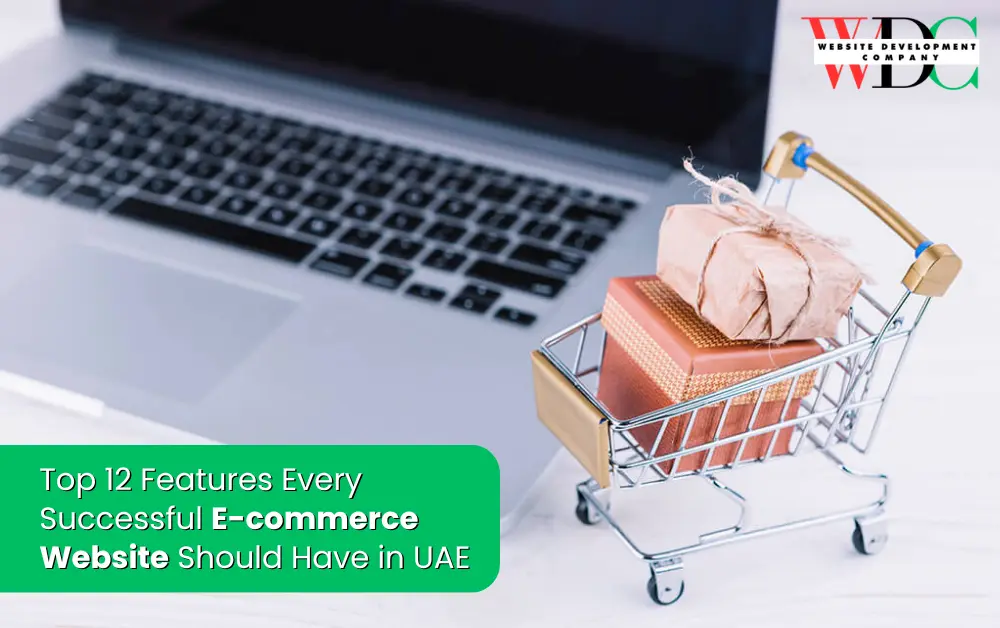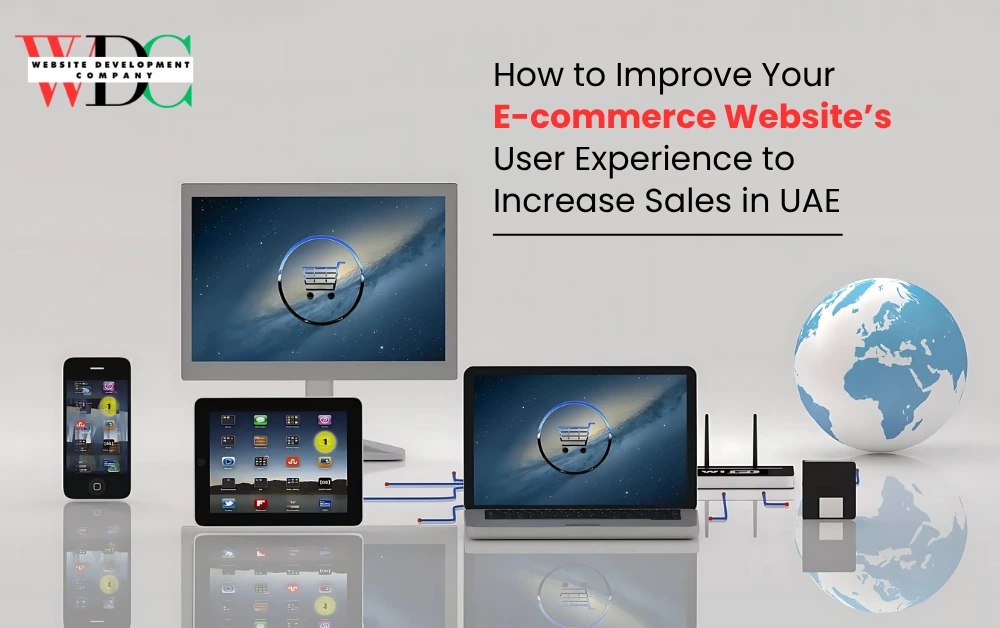Dubai has emerged as one of the world’s fastest-growing e-commerce hubs. With high internet penetration, tech-savvy consumers, and government support for digital innovation, launching an online store in Dubai has never been more promising. However, simply having an e-commerce site is not enough—success requires a strategic approach, practical functionality, and an outstanding user experience.
In 2025, businesses are turning to experts in Ecommerce Web Design Dubai to create fast, secure, and mobile-optimized websites that convert visitors into loyal customers. So, what does it take to build a successful online store in this competitive market?
12 Tips and Trends for Building a Successful E-Commerce Website in Dubai
Here are 12 essential tips and trends to help you launch and grow your e-commerce website in Dubai.
1. Understand the Dubai E-Commerce Market
Before building your website, understand your market. Dubai’s online shoppers are diverse and expect seamless service. They prefer quick delivery, secure payments, and websites that speak their language—literally.
Research your target audience: Are they price-conscious buyers? Luxury shoppers? B2B clients? Your design, language options, product categories, and even payment methods should be tailored to Dubai’s multicultural, bilingual audience.
2. Choose the Right E-Commerce Platform
Your platform lays the foundation for everything—from layout to scalability. In Dubai, popular platforms include:
- Shopify – Great for quick setups and modern storefronts.
- WooCommerce (WordPress) – Highly customizable, ideal for SEO and content-heavy sites.
- Magento – Suitable for large-scale or enterprise-level operations.
Each platform offers unique features, so choose one that aligns with your product size, integration needs, and future growth plans.
3. Prioritize Mobile-First Web Design
Dubai has one of the highest smartphone usage rates globally. In 2025, over 85% of online shoppers in the UAE browse and shop via mobile devices. Your e-commerce store must not just look good but also function flawlessly on phones and tablets.
Responsive layouts, thumb-friendly buttons, fast loading times, and mobile payment options (like Apple Pay and Samsung Pay) are essential for capturing and converting mobile traffic.
4. Multilingual and Currency Support
English and Arabic are essential. Many e-commerce brands in Dubai also support Hindi, Russian, or Chinese, based on their audience.
Ensure your Ecommerce web design strategy includes a multilingual setup and dynamic currency switchers to cater to both locals and international visitors. This enhances the user experience, reduces the bounce rate, and fosters trust.
5. Local Payment Gateway Integration
Your customers in Dubai want familiar and trusted payment options. Popular UAE payment gateways include:
- PayTabs
- Telr
- Network International
Offering multiple payment options—such as credit cards, debit cards, wallets, and even cash-on-delivery (COD)—improves checkout conversion rates. Your website must support secure, PCI-compliant payment flows with minimal friction.
6. Fast Loading Speeds = Better Conversions
Speed is non-negotiable. A delay of just 2–3 seconds can make users abandon their carts. Use lightweight code, optimized images, and powerful hosting. Enable caching, lazy loading, and a CDN (Content Delivery Network) to ensure consistent performance across the UAE and Gulf regions.
E-commerce websites that load in under 3 seconds enjoy significantly higher conversion rates and better Google rankings.
7. SEO and Local Optimization
In Dubai’s crowded digital marketplace, ranking on Google can make or break your business. Integrate SEO from the ground up:
- Keyword-optimized product pages
- Arabic and English meta tags
- Mobile SEO and structured data
- Fast load speeds and clean URLs
Using SEO plugins (like Rank Math for WordPress) helps boost visibility in local search results. Investing in Ecommerce web design with built-in SEO ensures long-term organic traffic.
8. Secure and Trustworthy Checkout Process
Shoppers in Dubai are security-conscious. Use HTTPS encryption, display trust badges (such as Norton or McAfee), and highlight secure payment methods. Avoid long checkout forms—opt for a one-page or step-by-step process with progress indicators.
Allow guest checkout, display delivery time estimates, and clearly outline a return/refund policy to build buyer confidence.
9. Integrate WhatsApp and Live Chat
Real-time communication is a game-changer in Dubai’s competitive e-commerce space. Add WhatsApp buttons or AI-powered live chat tools for instant support. Customers often seek reassurance before making high-value purchases, and chat support can nudge them toward conversion.
This also enhances post-sale customer service, which is crucial for retention and brand loyalty.
Also read:- The Importance of Website in Digital Marketing – Top 8 Benefits for Businesses in Dubai
10. Focus on UX: Simplicity Wins
Keep the navigation clean. Categorize products logically. Use large visuals, clear CTAs (calls to action), and minimal distractions. Your product pages should include:
- High-quality images
- Descriptions in English and Arabic
- Size guides or specs
- Reviews and ratings
- FAQs
A user-friendly layout reduces cart abandonment and increases average session time—two key KPIs for success.
11. Logistics and Delivery Setup
Offer real-time delivery tracking, local courier integration, and flexible delivery windows. Dubai customers expect fast and reliable logistics, often with same-day or next-day delivery. E-commerce websites should partner with regional logistics providers, such as Aramex, Fetchr, or Quiqup, to streamline their operations and enhance customer satisfaction.
12. Stay Ahead with E-Commerce Trends
In 2025, leading e-commerce brands in Dubai are adopting:
- Augmented Reality (AR) product previews
- AI-based product recommendations
- Voice search optimization
- Subscription-based models for recurring orders
Including these in your web design can set your brand apart and enhance customer engagement.
Final Thoughts
Building a successful online store in Dubai is more than uploading products and enabling payments—it’s about offering a seamless, localized, and mobile-first shopping experience. From fast loading speeds and bilingual layouts to secure checkouts and integrated customer support, every element matters.
Working with a trusted partner in Ecommerce web design ensures that your website isn’t just visually attractive, but also technically sound, SEO-optimized, and ready to grow.
The future of e-commerce in Dubai is exciting—and your website is the foundation. Build it right, and the opportunities are endless.
Frequently Asked Questions
-
How often should I redesign or update my e-commerce website in Dubai?
For optimal performance, businesses in Dubai typically refresh their e-commerce designs every 18 to 24 months to align with technological updates and evolving customer expectations.
-
Can I run my e-commerce store on a .ae domain?
Yes, using a .ae domain builds local trust and improves visibility in UAE-based search results—especially for government and Arabic-speaking audiences.
-
Why is ecommerce web design crucial for online businesses?
Good ecommerce design helps attract customers, improve user experience, and increase online sales by making shopping easy and enjoyable.
-
How much does ecommerce web design cost in Dubai?
Costs vary depending on the features and design requirements. Basic sites start at WDC from AED 1,699, while custom sites can go up to AED 20,000 or more.
-
What’s the difference between ecommerce web design and a regular website?
A regular website shares information, whereas an e-commerce website enables customers to purchase products or services online.








